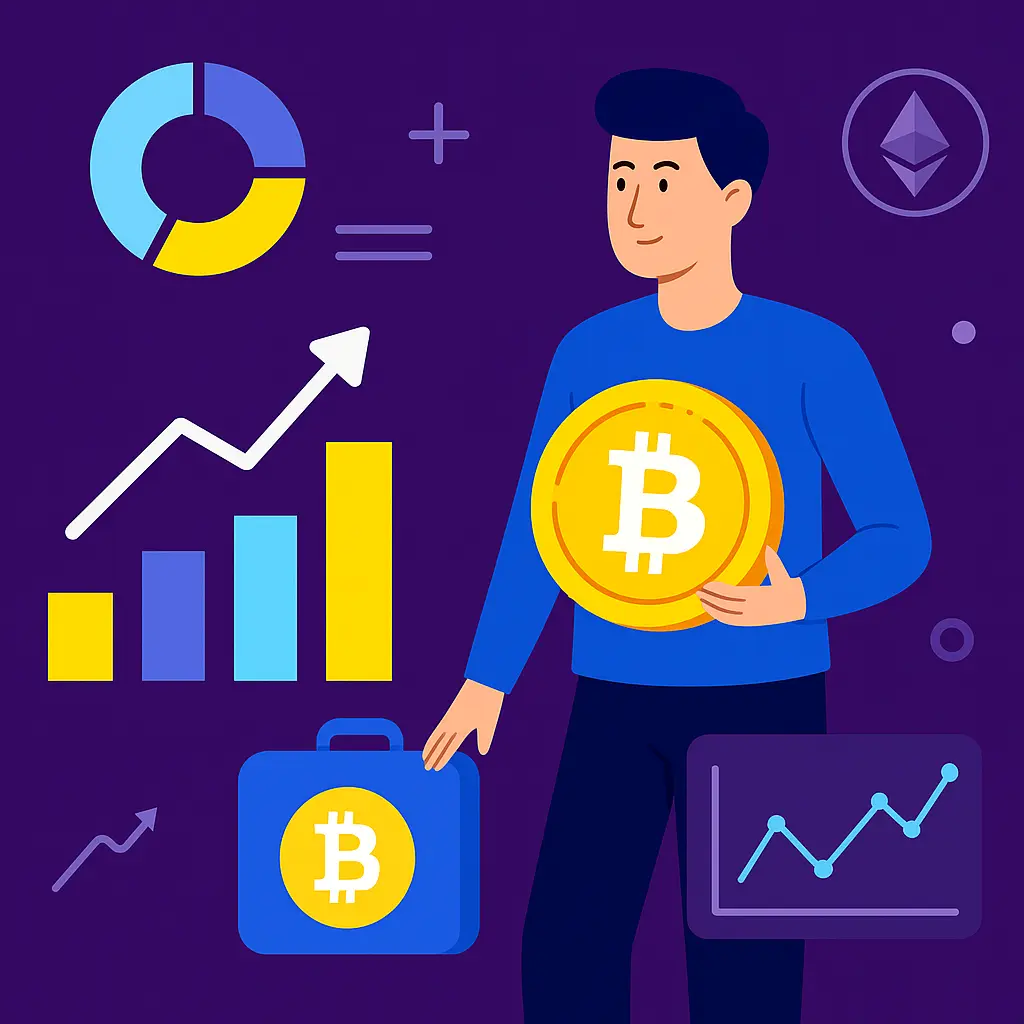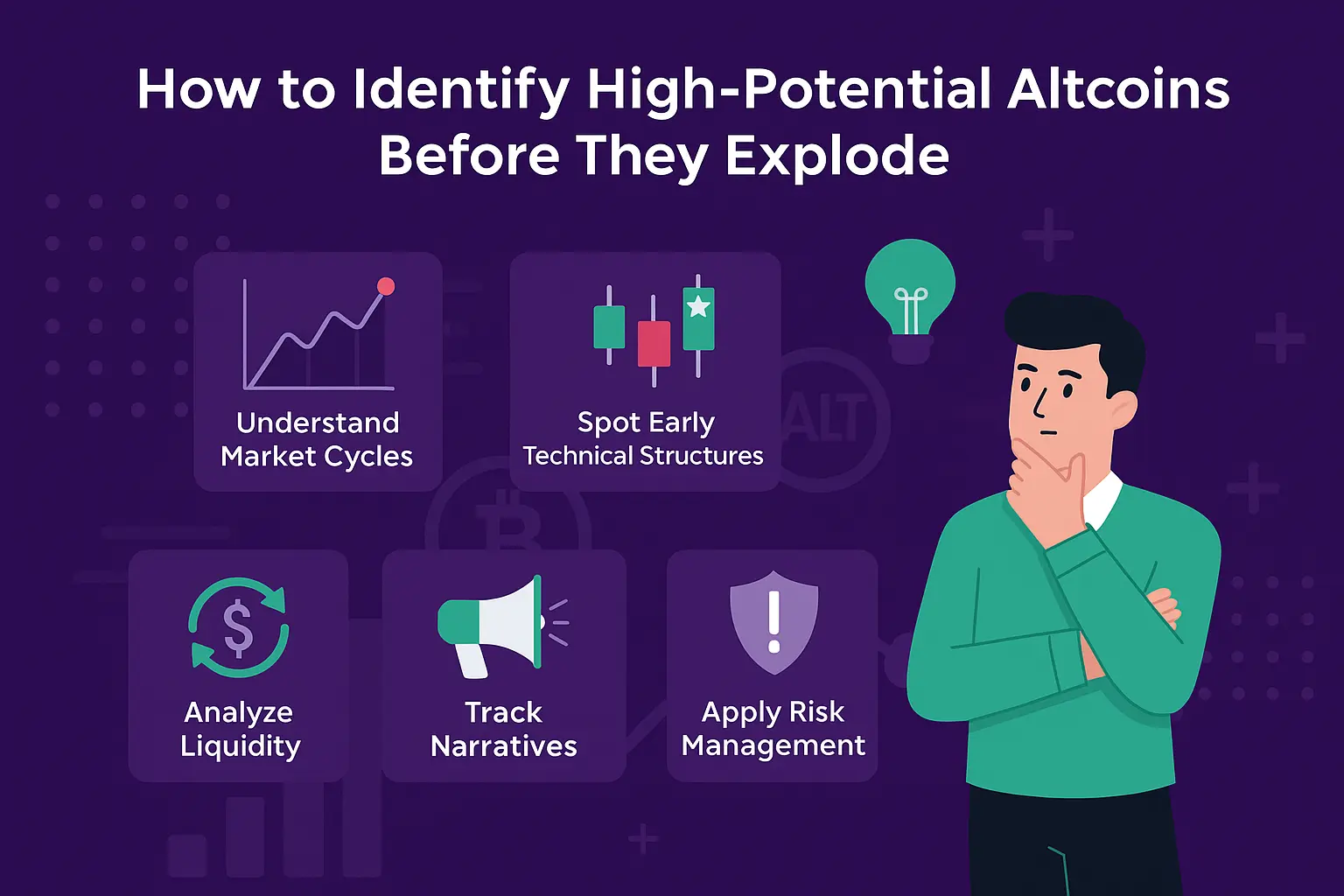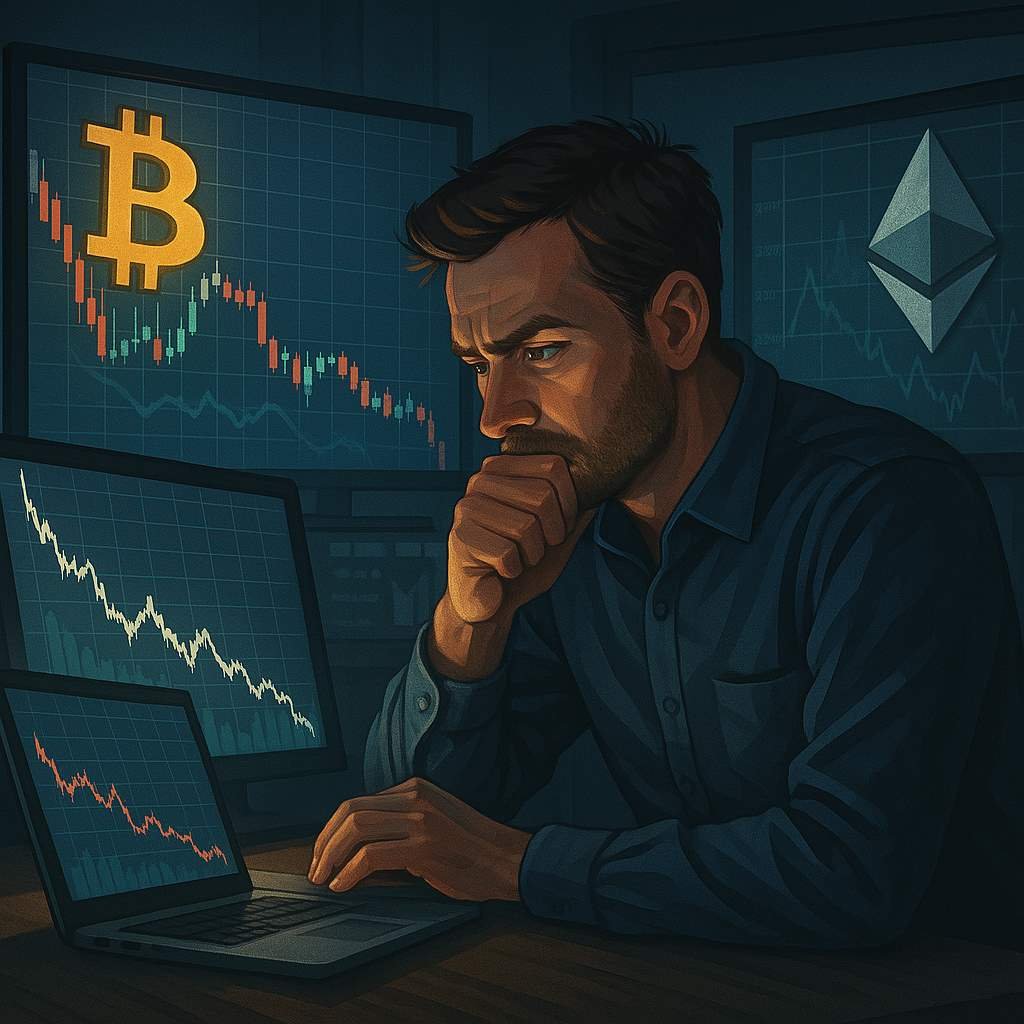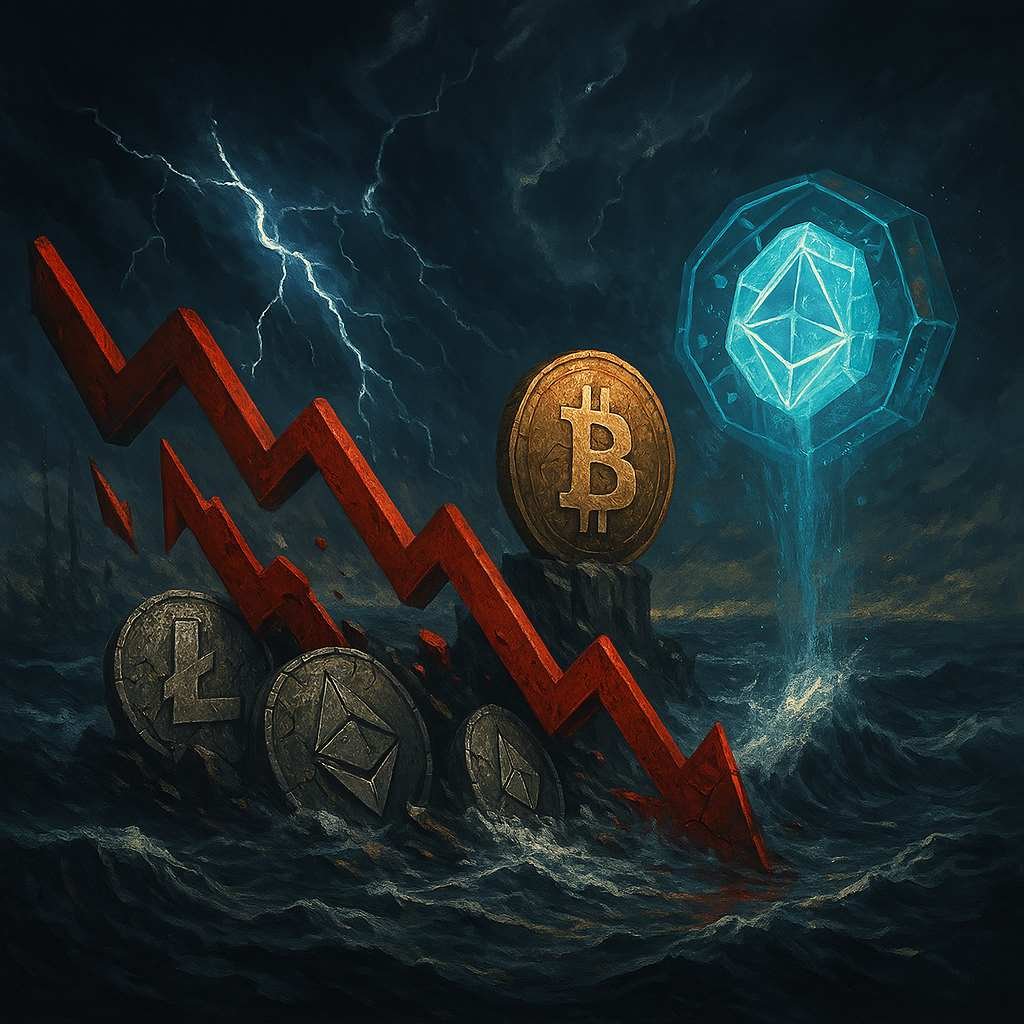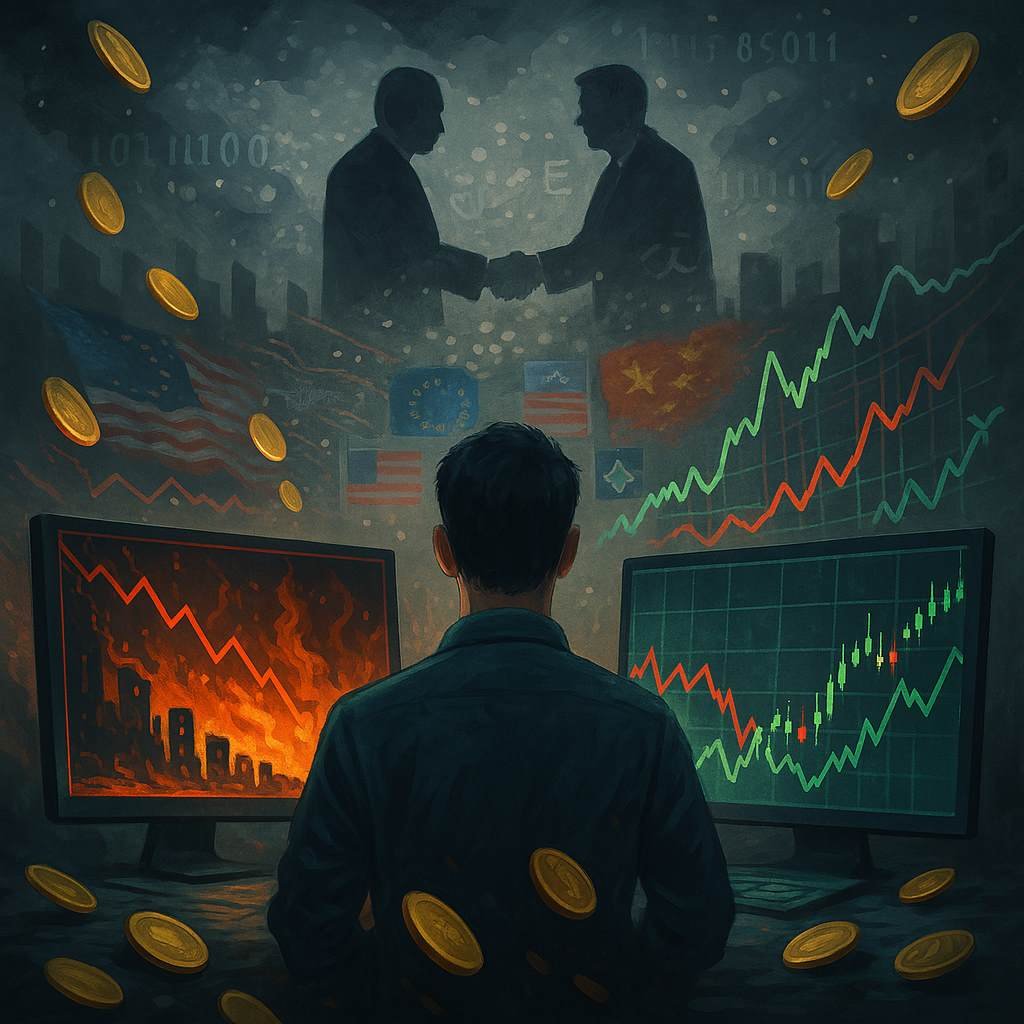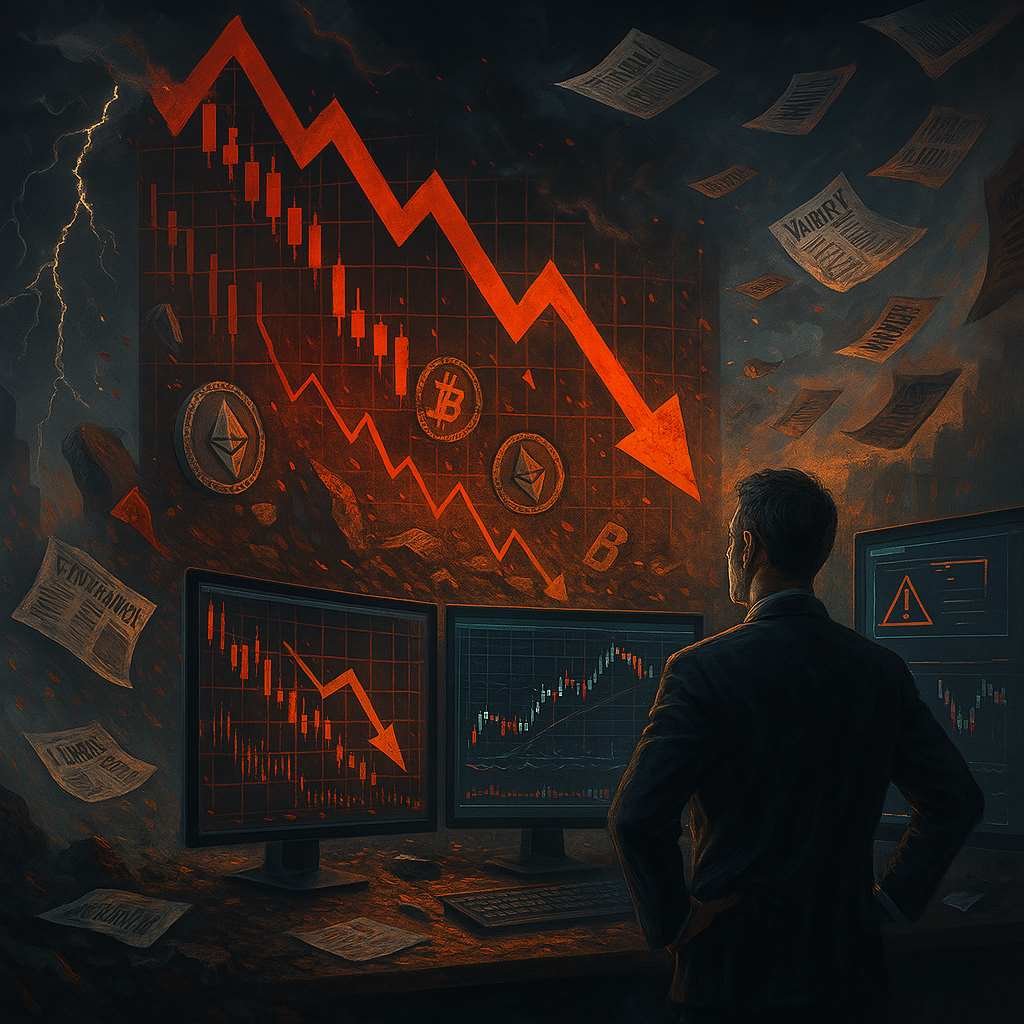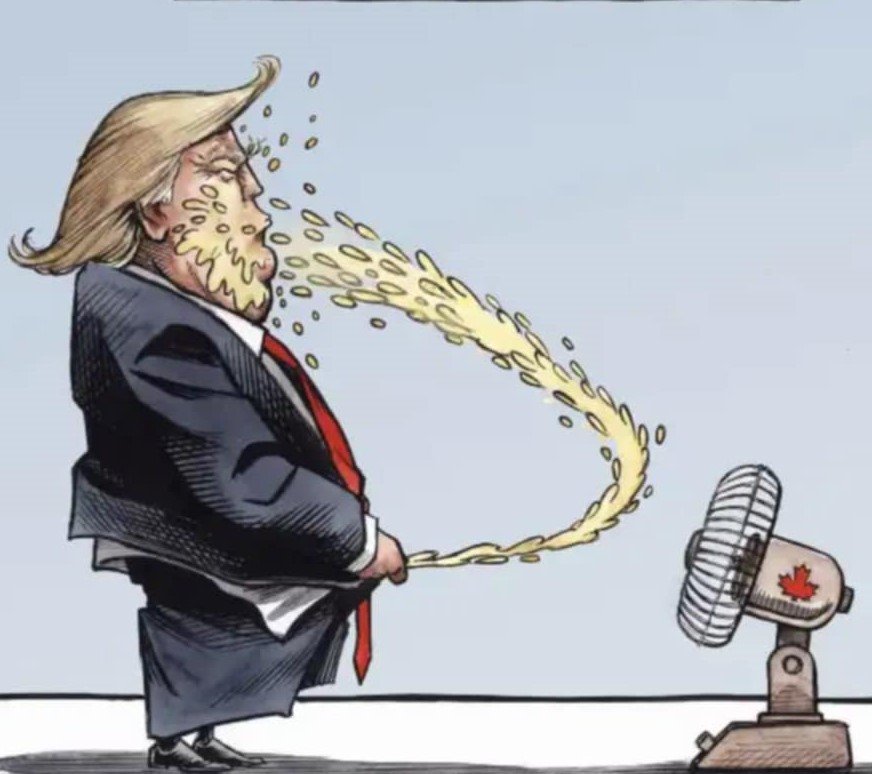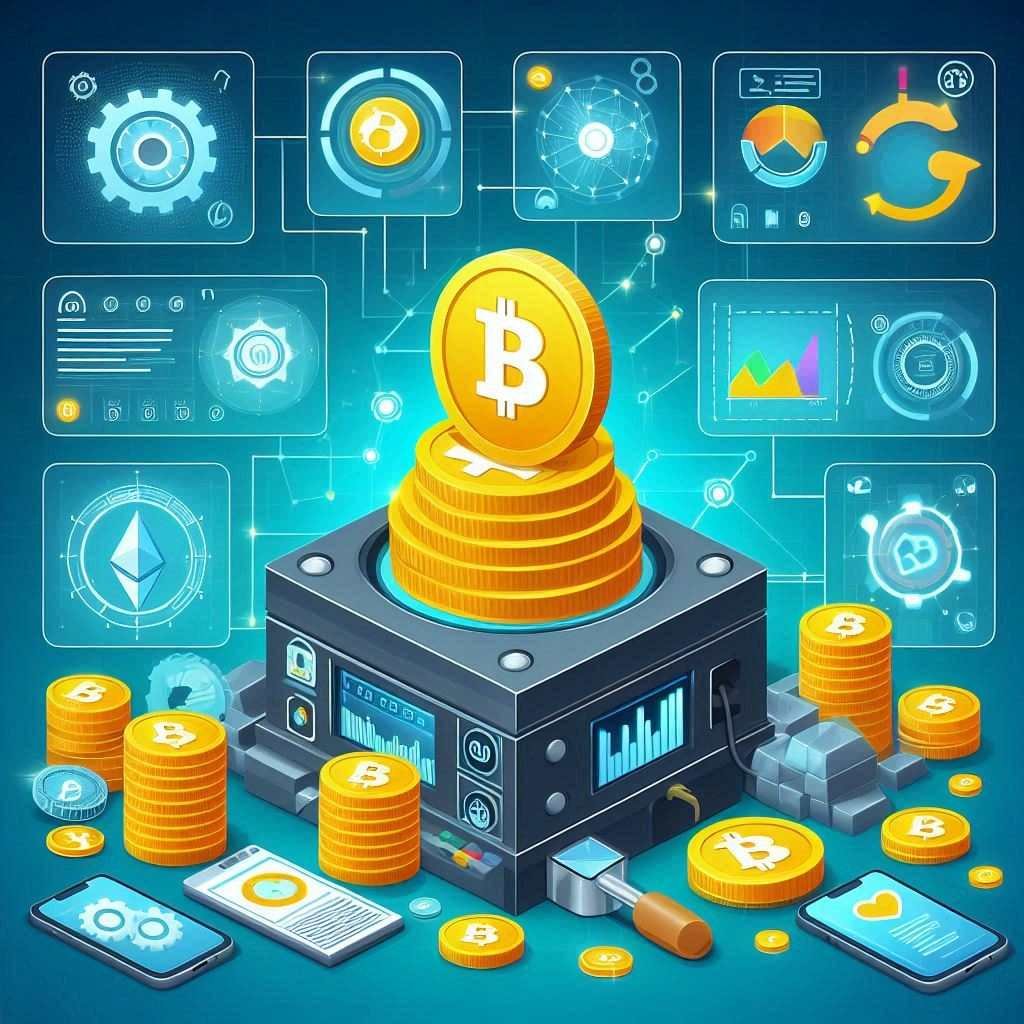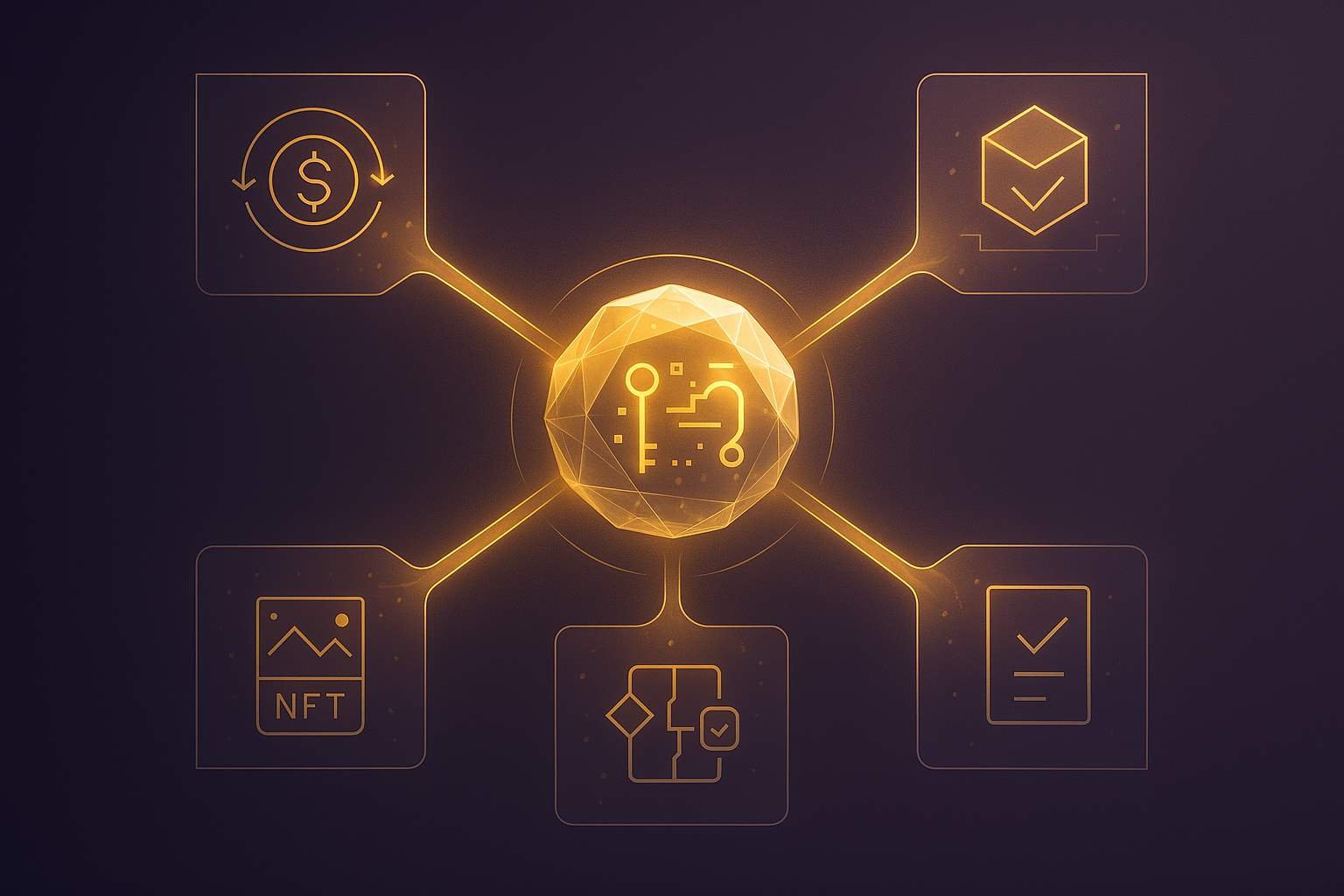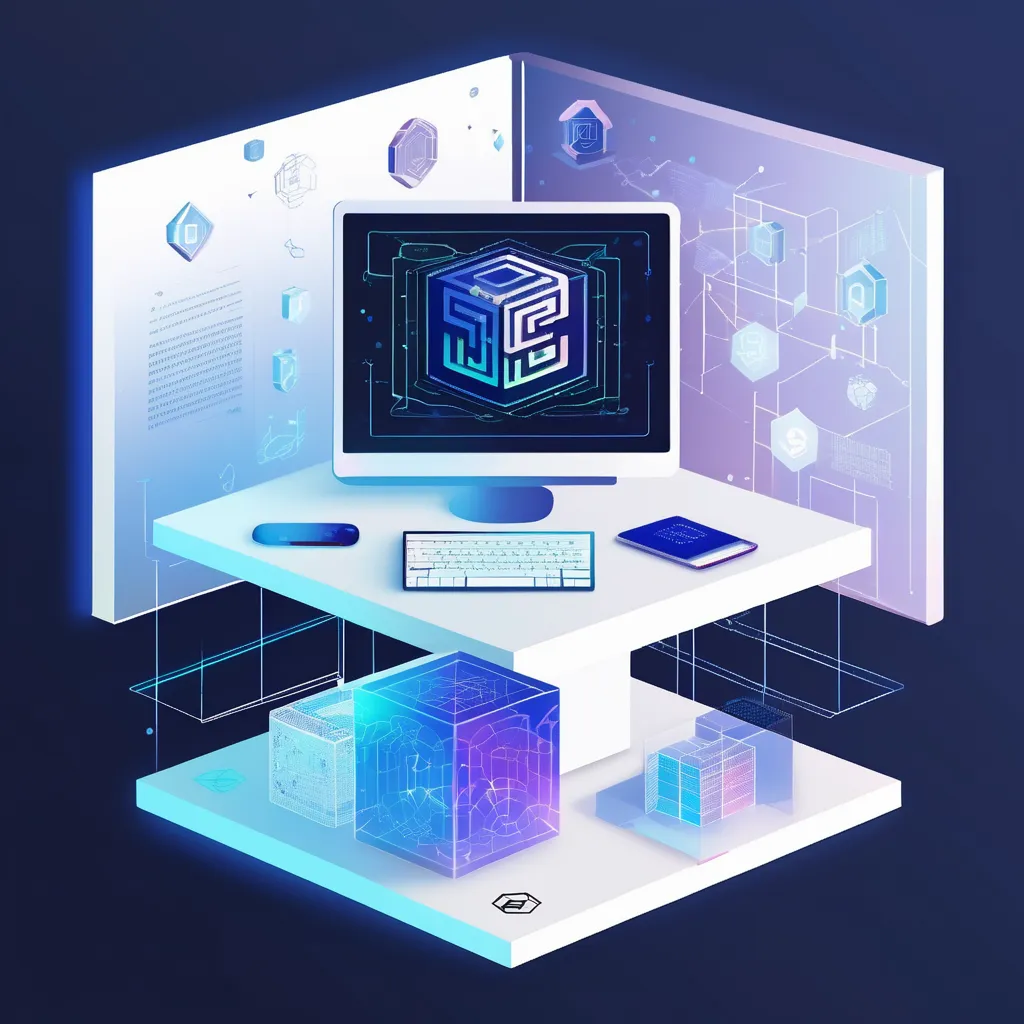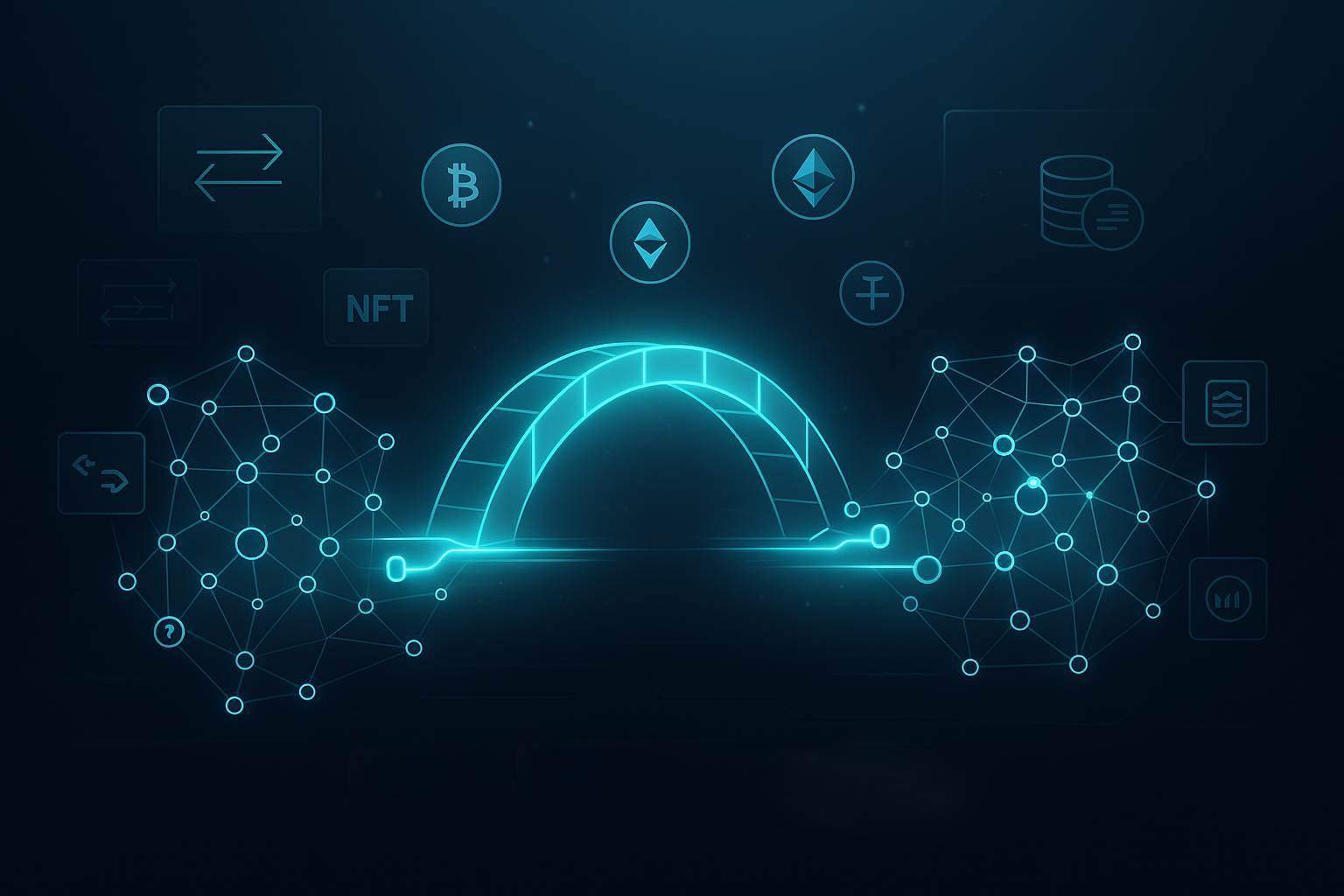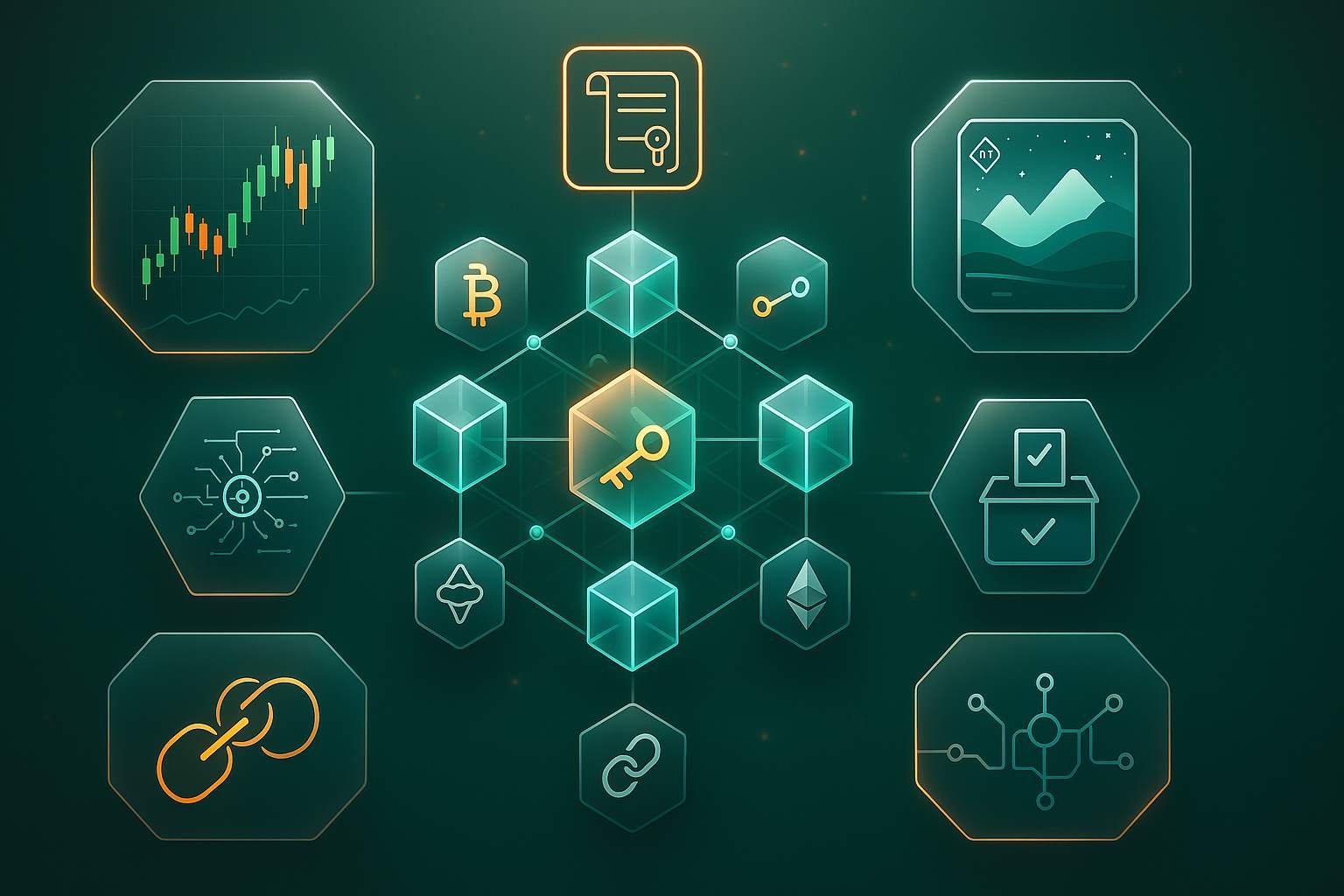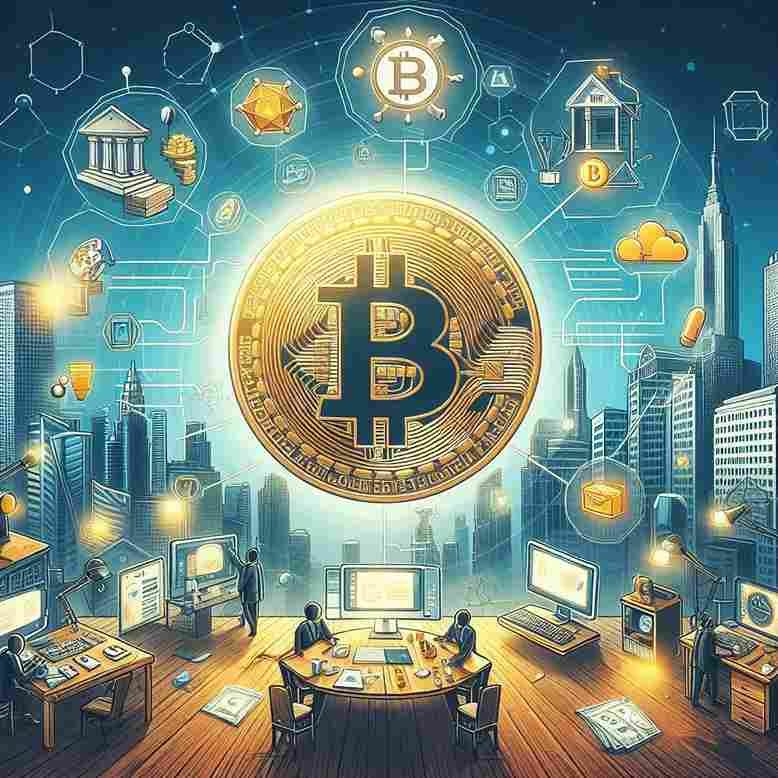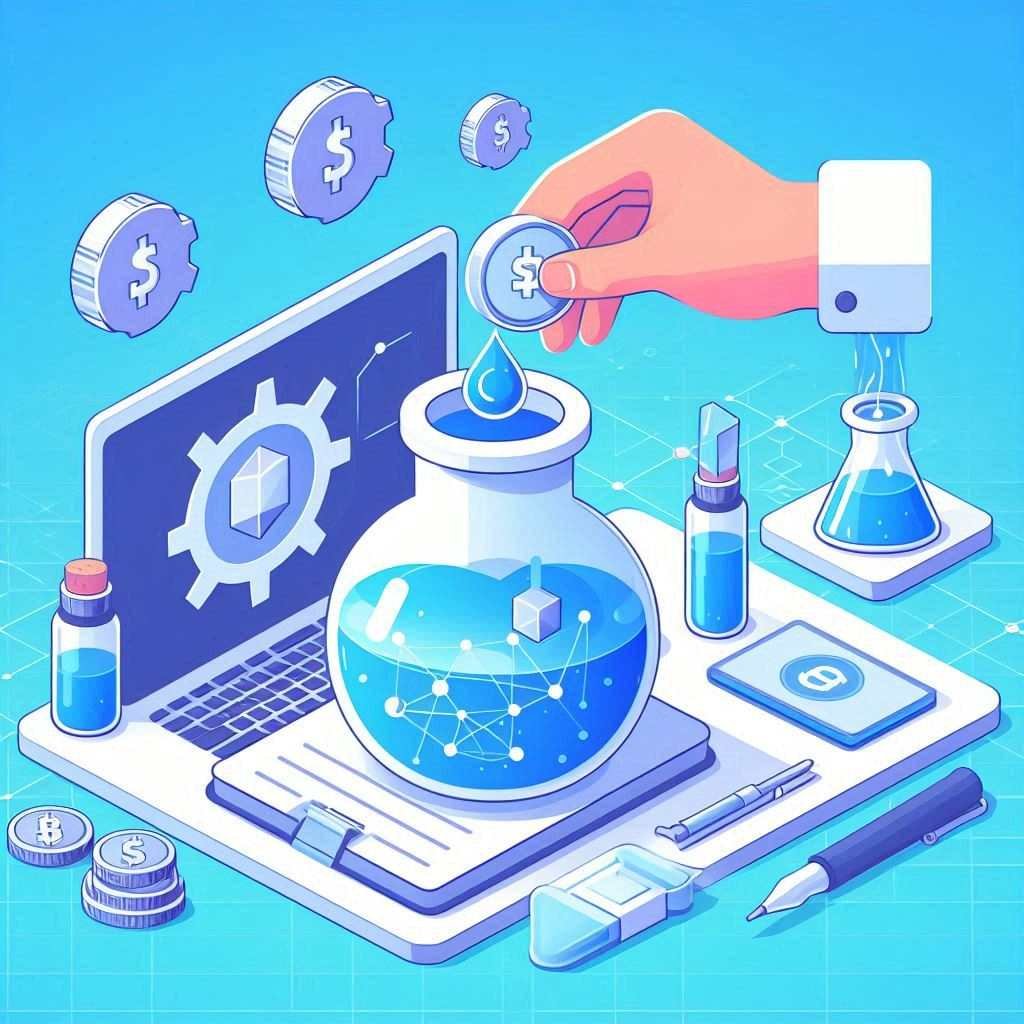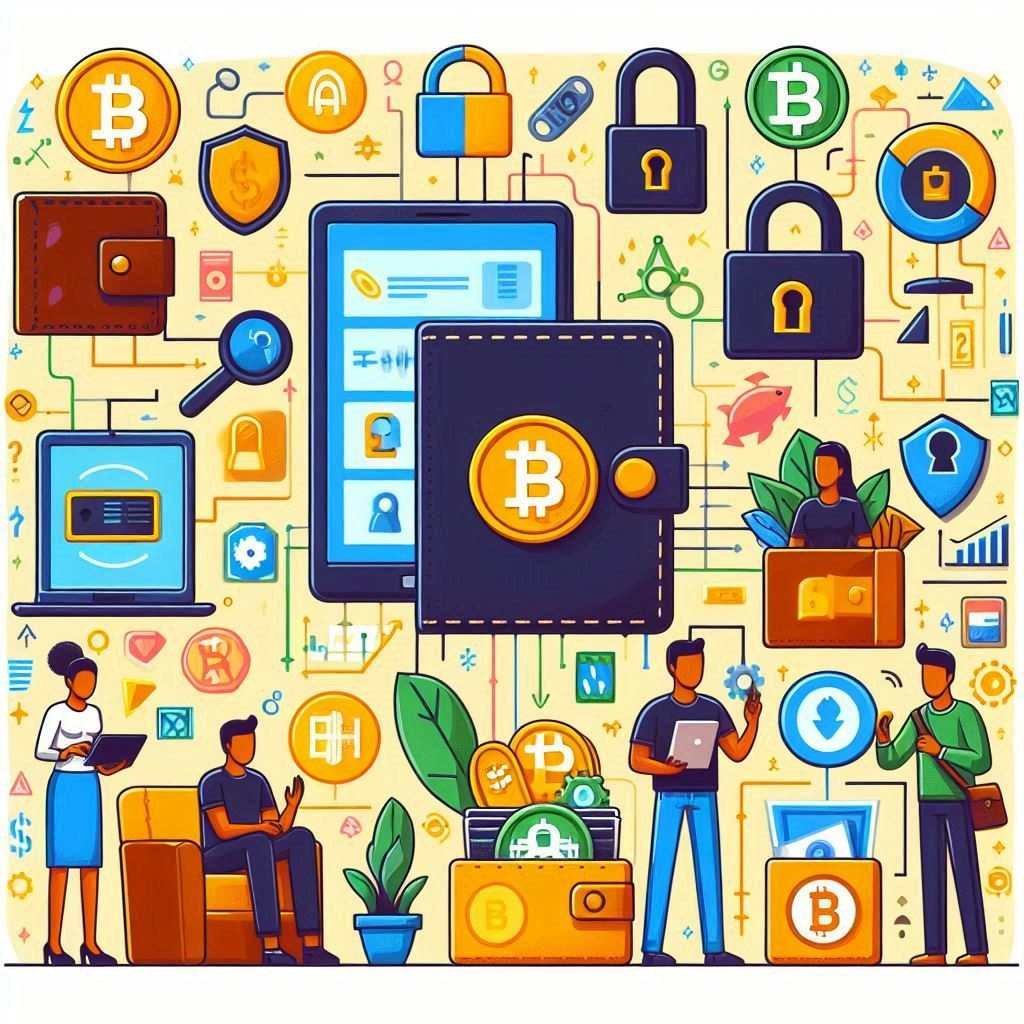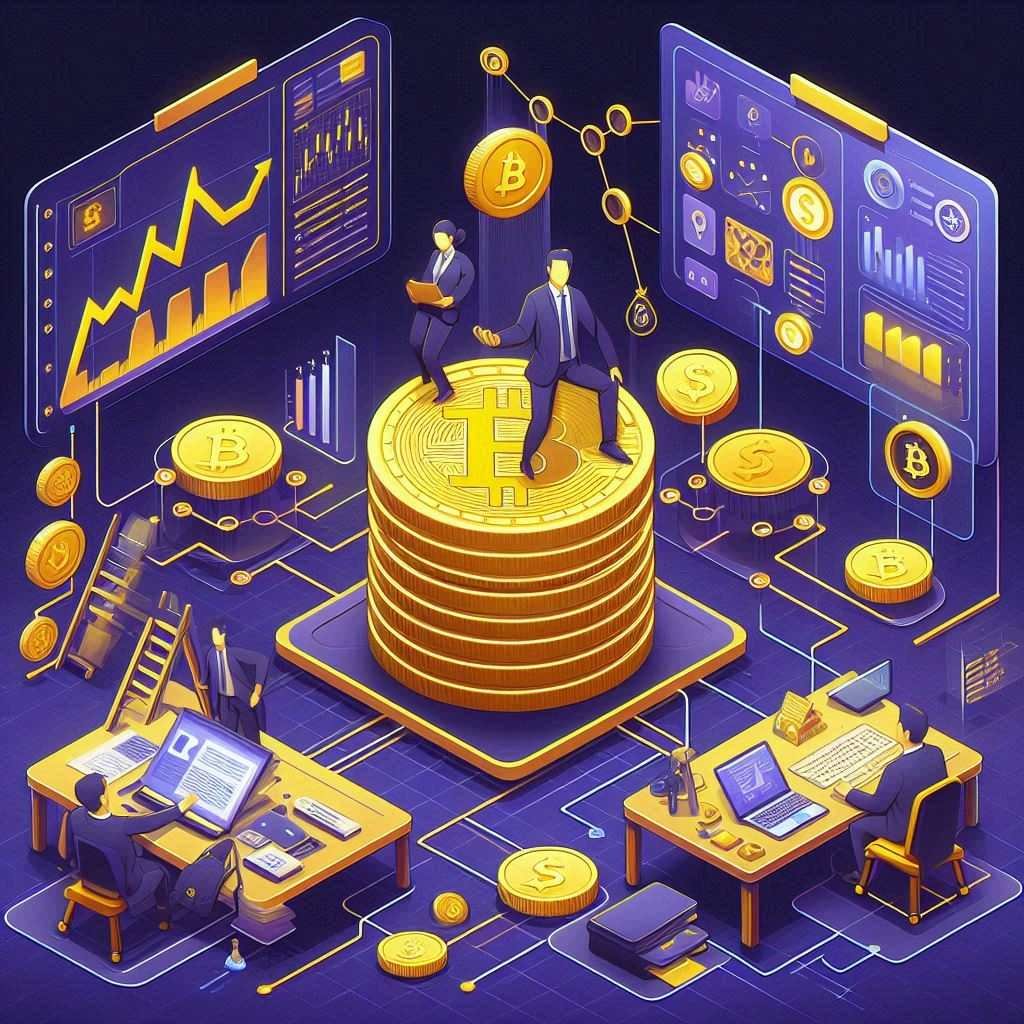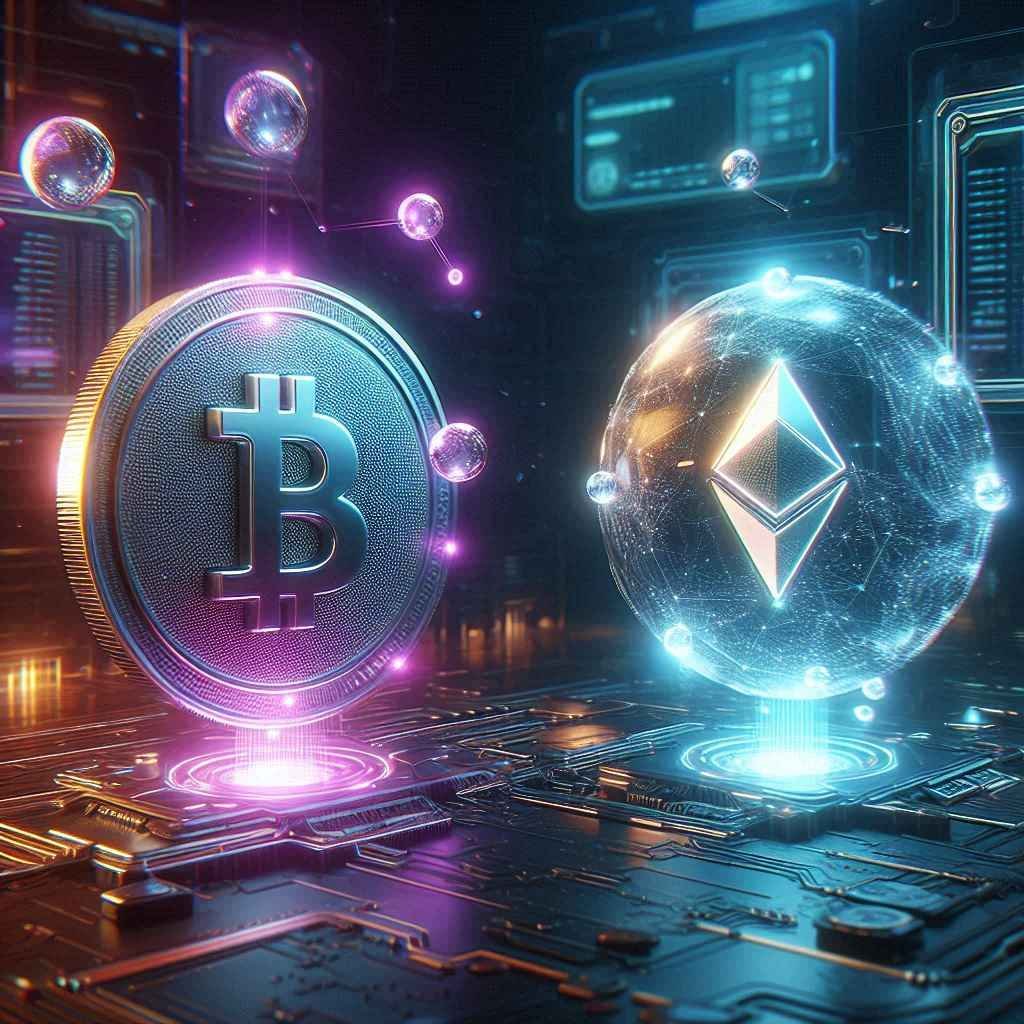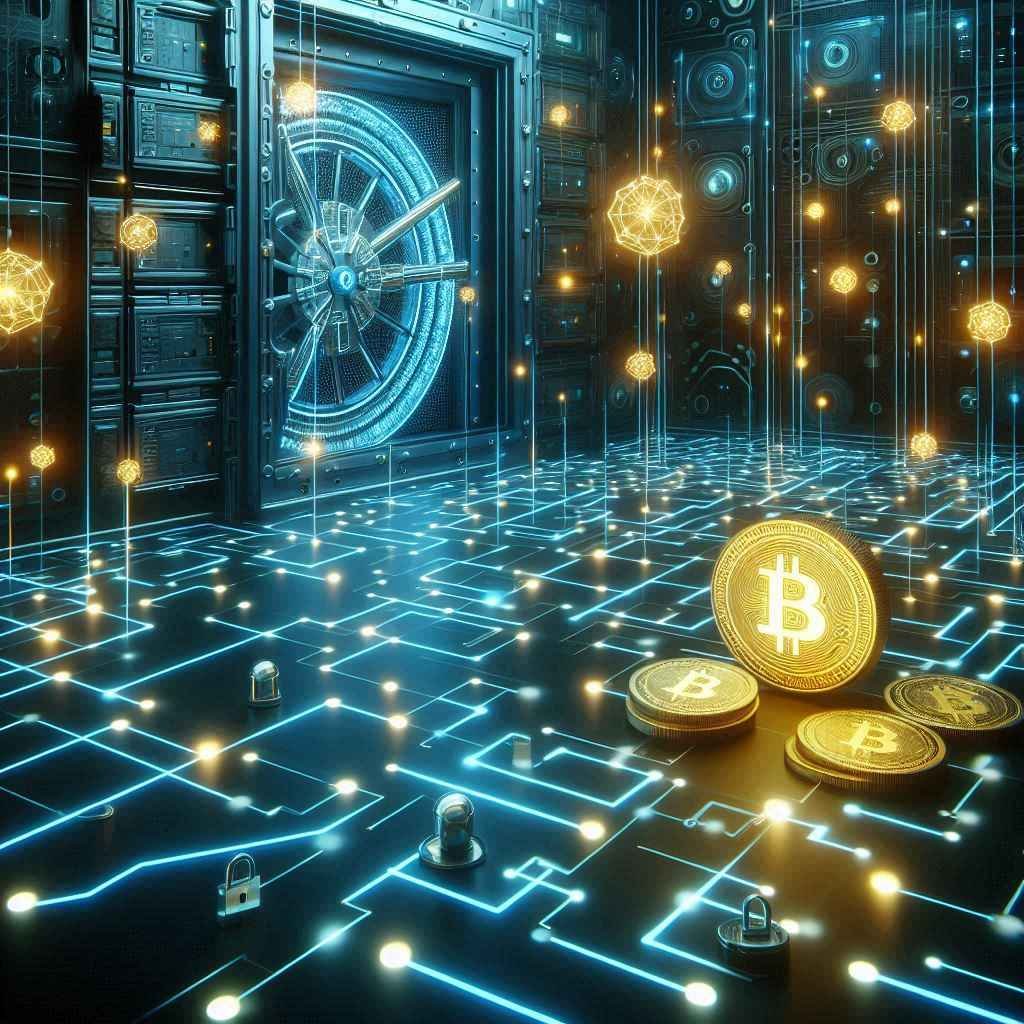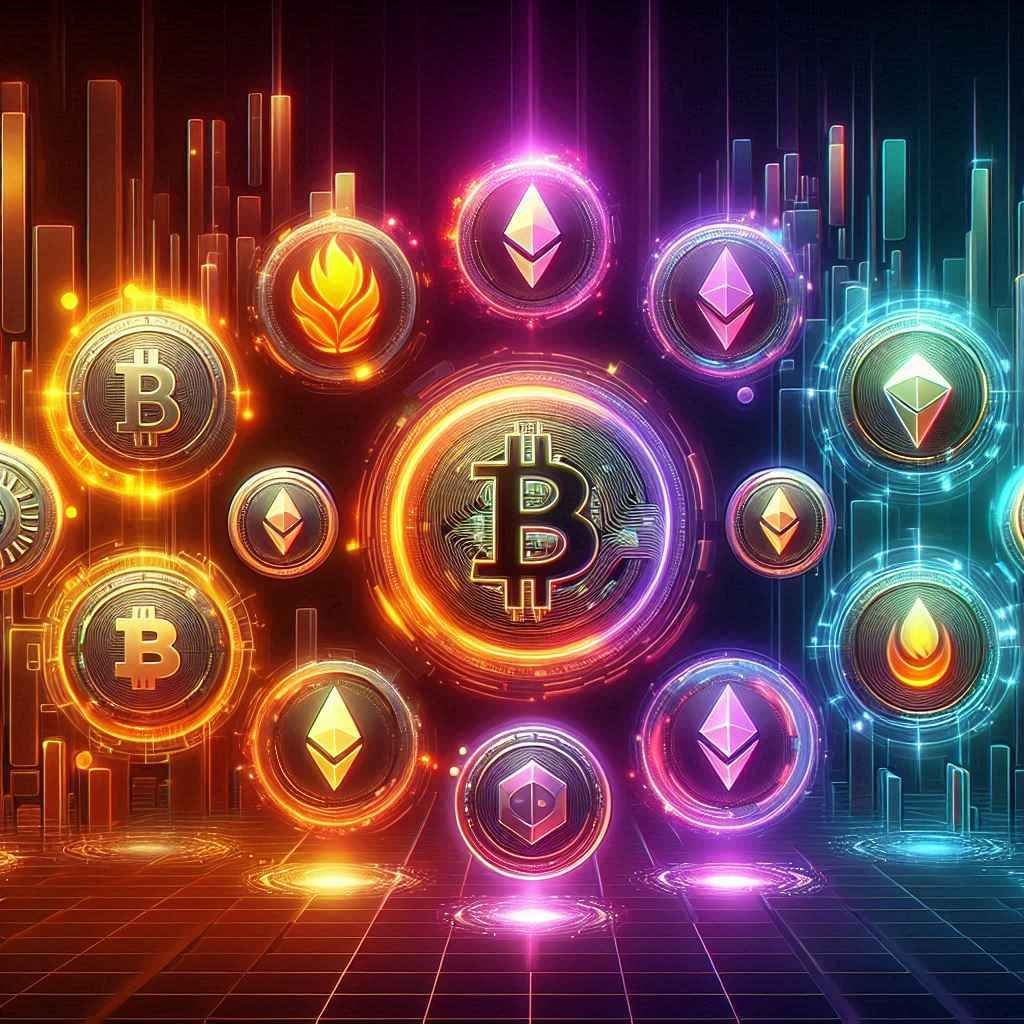Introduction to Decentralized Applications 🧑💻
A decentralized application (dApp) is a software application that runs on a distributed network, managed by its community rather than a central authority.
Unlike traditional apps—such as those from companies like Google, Meta, or Snap Inc.—which are hosted on centralized servers, dApps operate on blockchain networks using smart contracts. This allows dApps to connect users directly, replacing intermediaries with automated code that’s transparent and accessible to anyone with an internet connection.
Traditional apps, while convenient for tasks like booking taxis or tracking packages, have drawbacks:
- They’re controlled by profit-driven companies that often charge fees or harvest user data.
- They may restrict access based on location or ban users without warning.
- They require personal information (e.g., email, phone number, bank details) to create accounts, raising privacy concerns.
dApps offer a peer-to-peer alternative, free from intermediary interference. They typically involve no fees, no data harvesting, and are censorship-resistant, making them accessible globally. Additionally, users can contribute to the network’s security by running nodes and participate in governance to shape the dApp’s future.
How Do Decentralized Applications Work? ⚙️
dApps operate autonomously using a combination of technologies that ensure decentralization, transparency, and security. Let’s break down how they function using the example of a decentralized ride-hailing app similar to Uber:
To work without a central company, the dApp needs:
- Logic-Driven Rules: To connect drivers and passengers based on agreed fares.
- Transparent Records: To publicly log transactions and interactions for auditing.
- Peer-to-Peer Payments: To handle payments without requiring personal data.
- Open-Source Code: To allow community developers to improve the app over time.
Four core components enable a dApp to achieve these goals:
Smart Contracts
Smart contracts are coded rules that automate actions based on predefined conditions. In the ride-hailing example, a smart contract could verify that a passenger has enough funds before dispatching a driver. It could also ensure the vehicle has enough seats for the group size, all without human intervention. Smart contracts act like digital vending machines: input the correct conditions, and the action is executed trustlessly.
Blockchain Technology
Blockchains are decentralized databases that store data across a network of nodes—computers run by volunteers worldwide. Unlike centralized ledgers managed by a single entity (e.g., a bank), blockchains like Ethereum, Solana, or Cardano allow anyone to join as a node, ensuring no single point of failure. They use consensus mechanisms to validate data, making it immutable and censorship-resistant. Users interact anonymously via cryptographic keys, preserving privacy.
Cryptocurrency
Cryptocurrencies enable peer-to-peer value transfers within dApps. Users can pay for services, like a ride in the example, using tokens stored in a crypto wallet. Some dApps also issue governance tokens, allowing users to vote on the app’s development and direction. The more tokens a user holds, the greater their influence in decision-making.
Oracles
dApps often need external data to function, such as real-time traffic updates for a ride-hailing app. Oracles, like Chainlink or Pyth, fetch this off-chain data (e.g., weather, prices, or event outcomes) and deliver it to the blockchain in a decentralized way, ensuring the dApp operates reliably without relying on a single source.
What Are dApps Used For? 🤷♂️
dApps can replicate or improve almost any traditional app, offering decentralized alternatives across industries. Their primary goal is to eliminate reliance on centralized, profit-driven companies that charge fees or control user data. Here are some key use cases:
- Decentralized Finance (DeFi): dApps power the DeFi ecosystem, providing financial services like lending, borrowing, and trading without banks. For example, Uniswap allows users to swap tokens, Aave enables lending with automated smart contracts, and Curve facilitates stablecoin trading—all trustlessly, with users retaining control of their funds.
- Marketplaces and Sharing Economy: dApps can create peer-to-peer marketplaces, reducing fees for users. A decentralized Airbnb-like dApp could connect hosts and guests directly, using smart contracts to handle bookings and payments, allowing hosts to keep more of their earnings.
- Gaming and NFTs: dApps like Axie Infinity combine gaming with blockchain, letting players earn tokens and own in-game assets as NFTs. These assets can be traded on decentralized marketplaces, giving players true ownership.
- Insurance Automation: dApps streamline insurance by automating claims. For instance, a flight delay insurance dApp could use a smart contract to pay out instantly if a flight is delayed, verified by an oracle, eliminating weeks of paperwork.
dApps empower users by removing intermediaries, reducing costs, and enhancing transparency, making them a transformative force in the digital world.
At CryptoAnalyzes, we’re here to help you navigate the crypto world with confidence. For VIP analysis services, in-depth trading insights, and personalized strategies, visit Cryptoanalyzes. Want to explore more educational content? Check out our CryptoAnalyzes blog for the latest articles.
